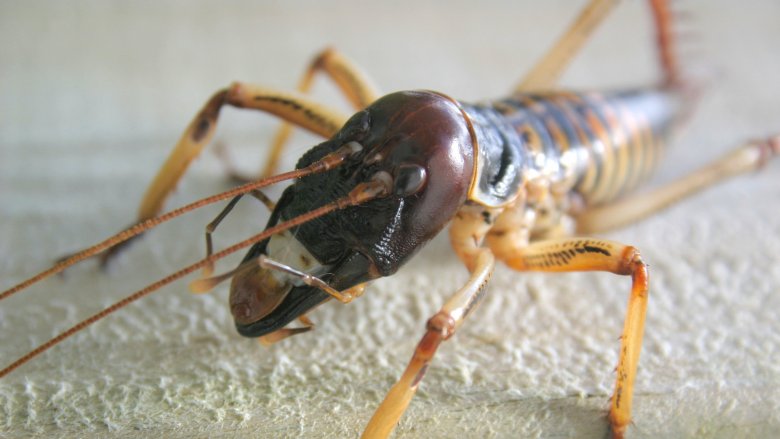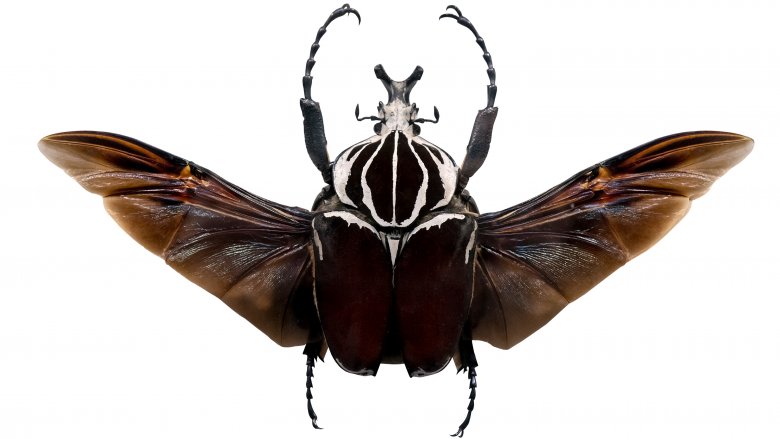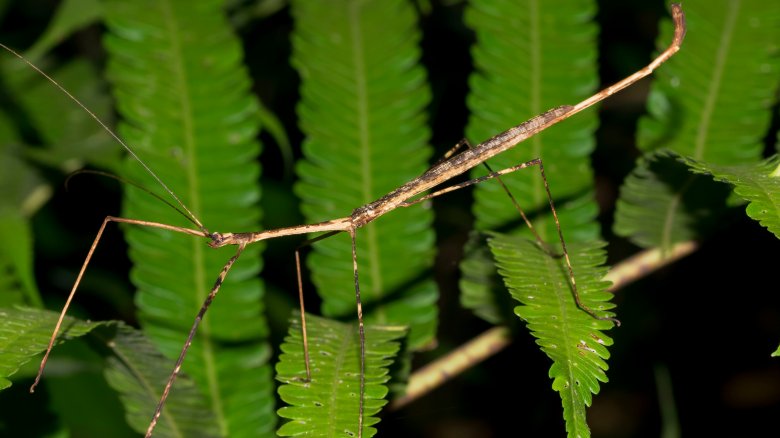The Largest Insect In The World
If you've ever seen Men In Black, you know anything asking for sugar and water named Edgar has the potential to be a human-sized insect. But as far as we know, Men In Black isn't real science, and therefore, Edgar is not the largest insect in the world.
We must therefore turn our attention elsewhere in the search for this superlative bug, combing the corners of the world for the biggest, longest, fattest creepy crawlies we can find.
The largest insect of all time: heaviest category
As you well know, insects come in all shapes and sizes. There are few that stand out for different size characteristics, and you deserve to see them all. You already saw one, back up at the top of the list. That's the Giant Weta.
In terms of weight, the Giant Weta from New Zealand is the heaviest adult insect ever recorded. The biggest of the 70 Giant Weta species, the Little Barrier Island Giant Weta, has been found to weigh up to 71 grams, or more than two ounces, according to Our Planet. The Giant Weta is known as the wētāpunga to Maoris, which translates to "the god of ugly things." Quite a distinction!
Be aware, however, that the Giant Weta is the heaviest adult insect. National Geographic tells us that for a limited time only, Goliath beetle larva hold the record for heaviest insect. These mammoths are able to reach up to 4.1 ounces as a grub before turning before shriveling back down to size in adulthood (pictured) like Benjamin Button.
The largest insect ever, if we're going by length
In terms of length, Weta's pale in comparison to stick insects, especially Chan's Megastick (pictured), the longest insect in the world by far. A Chan's Megastick has been recorded reaching up to 22 inches in length, counting its legs, and 14 inches just in terms of its body, according to Untamed Science. You'll find these critters only in Borneo, Indonesia.
Finally, we've got the stone-cold fox White Witch Moth, which boasts the largest insect wingspan in the world. National Moth Week reports their wingspan can reach almost a foot in length. If you are lucky enough to see one of these in their native habitat of South America, make sure you offer it some Turkish Delight.


